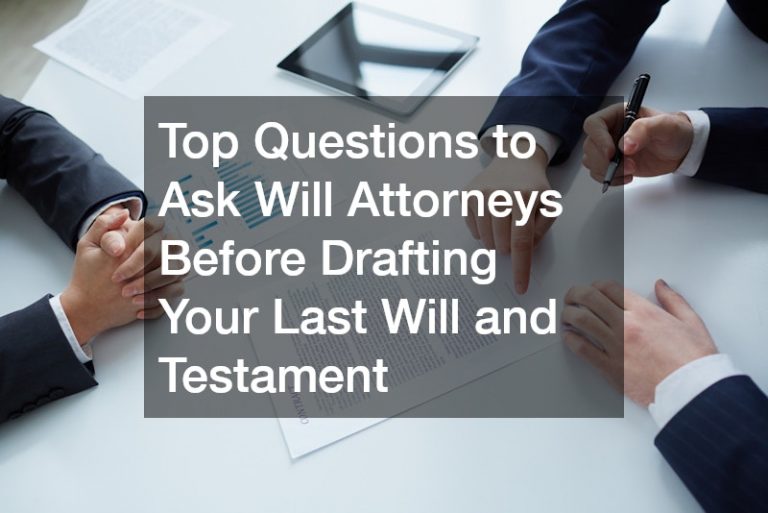
Many people romanticize the ideas of inventors, often imagining mad scientists or reclusive visionaries who tout dazzling new devices. In today’s world of legality and paperwork, however, inventing an item involves working with the United States Patent and Trademark Office, or USPTO, and this process can be difficult to navigate alone. A patent application can end up rejected several times or fail to work out at all, but the patent process can be made much smoother and successful when patent lawyers help. A patent application, with the aid of a patent attorney, stands a much better chance of clearing the legal and technical requirements for a patent to be completed.
The first patent law goes a long way back, over 228 years ago, and today, the USPTO will receive around 500,000 patent applications annually. However, not all of them will probably be accepted, so a patent application should be backed up by patent attorneys who know how to handle the paperwork. And often, a new patent will have a term of about 20 years from the original patent application date. With all this in mind, how can a patent application be submitted, and how can patent lawyers help out an inventor?
The Patent Application Process
According to Legal Zoom, there are five clear steps for submitting a patent application. The first is for the inventor to fully and intimately understand his or her own invention, and clearly defining what aspects of it make it useful and desirable to potential customers. Making further, last minute modifications may be done at this phase.
Second, an inventor will research his/her invention, namely to see if any other relevant items have similar components or functions, even those in totally different fields. Too much overlap with something else could jeopardize a fledgling invention, so based on what is found, an inventor may want to adjust accordingly. For the third step, the inventor chooses whether to submit a provisional or non provisional patent application, and those without a patent lawyer to help will often choose a provisional application. The provisional application lasts for one year, giving the inventor time to make final modifications to the invention (without actually adding new components) before filing the actual patent application. The fourth step involves drafting a patent application and carefully going over and double checking all details, since mistakes can cost time and money. Finally, the inventor has submitted the application and waits up to one year for a response, and in the meantime, may pursue other projects. The patent application, however, may be rejected because previous products are too similar or if there is no perceived commercial value to the new invention.
Hiring a Patent Attorney
Put simply, as explained at Entrepreneur, a patent attorney can make sure that a submitted patent application will fit the legal and technical requirements of the patent office, and without such a lawyer, an inventor may make mistakes such as disclosing too much information, inaccurately describing similar items already invented, or not being able to draft a proper application after the provisional application has expired. When working with a patent lawyer, the client inventor can include many detailed blueprints, photos, diagrams, or other visuals of the invention, and the sum of these illustrations is sometimes known as the “white paper.” Even an inventor with a limited budget can find a lawyer to help, since patent attorneys understand that many inventors have limited funds, and they may even offer startup packages. A client can ask potential lawyers about their hourly rates and whether they offer a startup package, and if so, the contents and details of that package.



